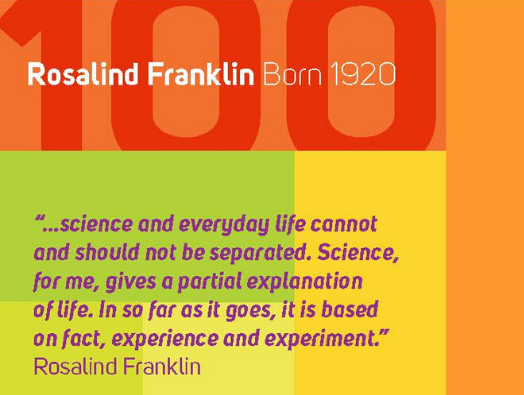credits: Elyx Yak
Stars has 5 ends
Square has 4 ends
Square has 4 ends
Triangle has 3 ends
Line has 2 ends
but Circle of our friendship has no end…
Happy Friendship Day!
Line has 2 ends
but Circle of our friendship has no end…
Happy Friendship Day!
International Friendship Day, celebrated on July 30, is the day people come together with their friends celebrate each other and the relationship that exists between them. No matter how old or young we are, friends are what keep us going.
The International Day of Friendship was proclaimed in 2011 by the UN General Assembly with the idea that friendship between peoples, countries, cultures and individuals can inspire peace efforts and build bridges between communities.
However, the world faces many challenges forces - such as poverty, violence, and human rights abuses - among many others - that undermine peace, security, development and social harmony among the world's peoples.
credits: UNESCO
“Friendship like ours doesn’t solve life challenges but because of our friendship I know the challenges are not mine alone.”
C. Sampson
The biggest one, the COVID-19 pandemic. The nationwide closures are impacting over 60% of the world’s population. Several countries have implemented localized closures or social distance impacting millions of additional families, young people and older people.
To confront those crises and challenges, their root causes must be addressed by promoting and defending a shared spirit of human solidarity that takes many forms. The simplest of which is friendship.
Education:
For without friends no one would choose to live, though he had all other goods”
For without friends no one would choose to live, though he had all other goods”
Aristote
Western philosophers have enthusiastically praised friendship. It has inspired Aristotle, Francis Bacon, C.S. Lewis, and Mary E. Hunt, who have esteemed its benefits, especially the reciprocal commitment to nurture each friend’s ‘best self’.
The civic dimension of friendship was prominent as some argued that it was part of the social glue that held societies together.
Philosophy Now, Friendship
The civic dimension of friendship was prominent as some argued that it was part of the social glue that held societies together.
"Friendship redirects attention to the relational dimension of education, placing relationships at the center of the learning environment. Whether between students, between teachers, or between students and teachers, a friendship-based educational model emphasizes how these relationships can be more open, mutually supportive, and focused on nurturing the best in each person."
Philosophy Now, Friendship
credits: unknown
via Google Images
Intl Friendship Day provides world-class education that motivates students to achieve social and academic standards, enjoy life and learning through friendship and develop as ethical, literate, well-rounded and self-sufficient citizens.
Through friendship - by accumulating bonds of camaraderie and developing strong ties of trust - students can contribute to the fundamental shifts for life that are urgently needed to achieve lasting health, stability, weave a safety net that will protect us all, and generate passion for a better world where all are united for the greater good.
Teachers have an essential role in creating and maintaining the friendships amongst the students in the inclusive classroom.
Teachers have an essential role in creating and maintaining the friendships amongst the students in the inclusive classroom.
Do you believe in friendship's power to craft a better world for all? Send send a greeting card, make a phone call, send a special text message, or meet some friend.
"Each friend represents a world in us, a world possibly not born until they arrive, and it is only by this meeting that a new world is born.”
Anais Nin
G-Souto
30.07.2020
Copyright © 2020G-Souto'sBlog, gsouto-digitalteacher.blogspot.com®

Schools : Intl Friendship Day : Sharing the human spirit through friendship ! by G-Souto is licensed under a Creative Commons Attribution-NonCommercial-NoDerivatives 4.0 International License.

























